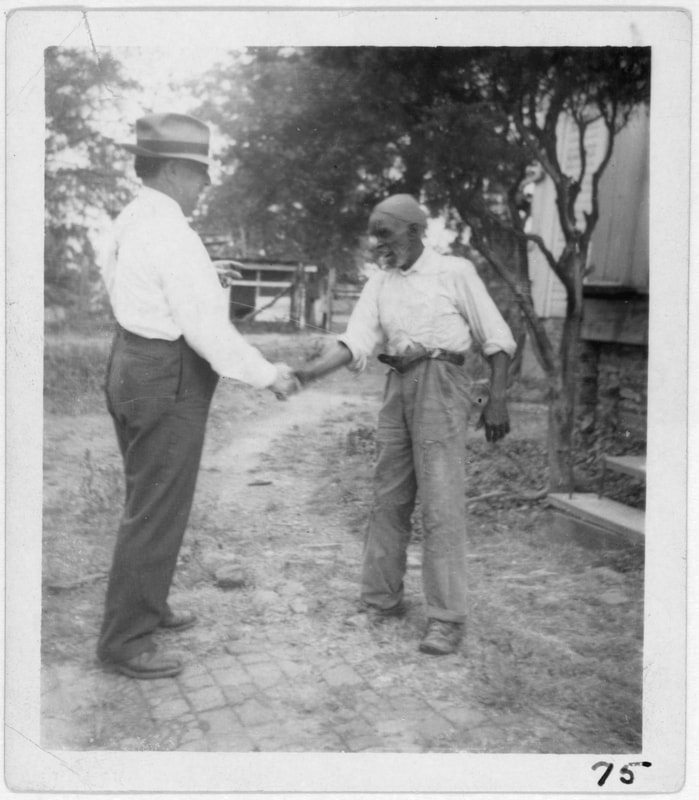Less than two weeks after Byron Arnold joined the music faculty of the University of Alabama, he was taken to a Sunday "foot-washing" at an African American church in Northport. The chant-like singing and the religious fervor of the singers as they moved to the rhythm and flow of the music deeply stirred the Eastman School of Music graduate. During that fall of 1938, he was impressed with some old folk tune hummed by a friend as she prepared dinner, and he encountered a student in his elementary school music class who said chat her
grandmother knew "Barbara Allen" and that the African Americans on her father's plantation sang spirituals, but not like the version in the class text. Such experiences convinced Arnold that Alabama was a state full of folksong, whose riches had not been explored systematically.
grandmother knew "Barbara Allen" and that the African Americans on her father's plantation sang spirituals, but not like the version in the class text. Such experiences convinced Arnold that Alabama was a state full of folksong, whose riches had not been explored systematically.

 RSS Feed
RSS Feed